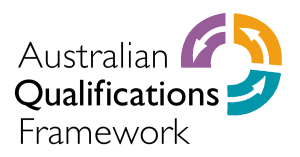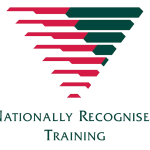A set of skills to follow organisational infection prevention and control policies and procedures, including implementing standard and transmission-based precautions and responding to infection risks in organisations.
Successful completion of the program will be issued with a nationally recognised Statement of Attainment for any of the unit/s of competency they have been deemed competent in. Recognition is available for this qualification – see the Participant Handbook or the Recognition Process page for more information.
This training is subsidised by the NSW Government under Smart & Skilled (NSW residents only). For more information and eligibility requirements see https://www.bsilearning.edu.au/funded-training/smart-and-skilled.




